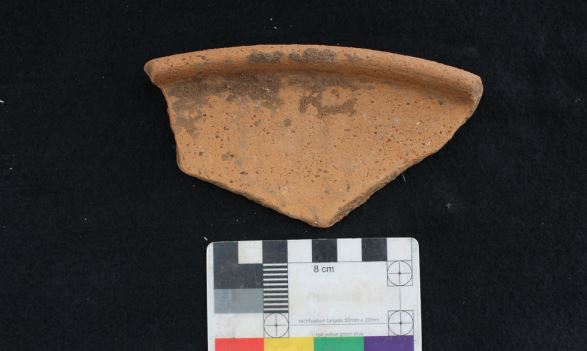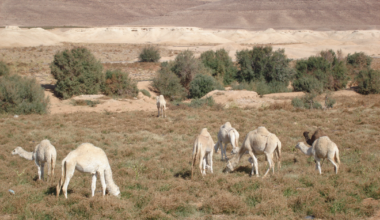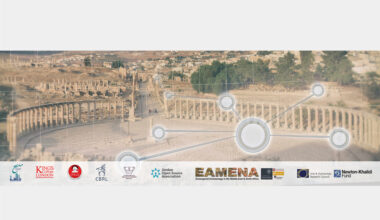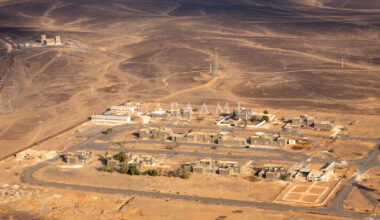Project summary
This study targets the lack of a ‘developed’ EBI ceramic assemblage in parts of Lebanon and the sudden rise of an EBII ceramic industry. It explores regional socio-economic trajectories and local and non-local agents in this process.
Project details
Location: Lebanon
Year(s): 2020
Project director(s): Michel de Vreeze
Lead institutions and funding:
- CBRL
Project description
The goal of this research stay was to explore the Early Bronze (EB) I to EB II (ca. 3,200/3,100 BC) transition in the northern Levant, by looking at changes in ceramic styles and by comparing Lebanese data with the better-known record from the southern Levant.
Ceramic evidence was gathered from Lebanese sites such as Koubba, Fadous, Sidon, Byblos, and Tell Shuna (Jordan). Understanding this EBI-II transition is crucial since it heralds the first ‘urban’ societies in the Levant, making a lasting mark on the Levantine landscape and culture, and the novel use of a standardised ceramic collection (metallic ware) associated with intensive olive and grape cultivation. This new set of ceramics is associated with what can be considered an ‘industrial revolution’ permanently altering Levantine societies and use of landscape.
New research on the ceramic transition in Lebanon, particularly on the coast, now starts to show that it might have been particularly abrupt here. The impetus came from further south in a core area from the northern Jordan Valley to perhaps the southern Biq’a Valley. Early dynastic Egypt was likely an important player in this core area. Importantly though, different communities throughout the Levant seem to have adopted this new way of life at different points in time, sometimes extremely abruptly.
Continuing research will explore in detail how on the Lebanese coast, particularly at Byblos, this intensification amalgamated with an already ancient system of maritime (gift) exchange with Egypt, which developed into particularly successful and long-lasting institutionalised structures continuing into later Bronze Age periods.
Project bibliography
de Vreeze, Michel. 2021. Alternative trajectories towards complexity: the enigma of the Lebanese coast. Bulletin of the Council for British Research in the Levant 2020, p 20.
Published:10 December 2021















